Slavery has existed since before written history in almost every culture and civilization. It started about 11,000 years ago during the Neolithic Revolution after the invention of agriculture. In its strictest sense, slavery can be defined as a situation in which people own individuals and apply the same rules they would to any form of property. Throughout human history, millions of people suffered the utter disregard for their rights and feelings as slaves. Even though slavery has been formally abolished in most parts of the world, it continues to be a problem. Children and adults alike are trapped in indentured labor and forced to work as slaves. Here are some unknown facts about slavery through history and in the present.
1. One of the first legal slave owners in American history was a Black tobacco farmer named Anthony Johnson.
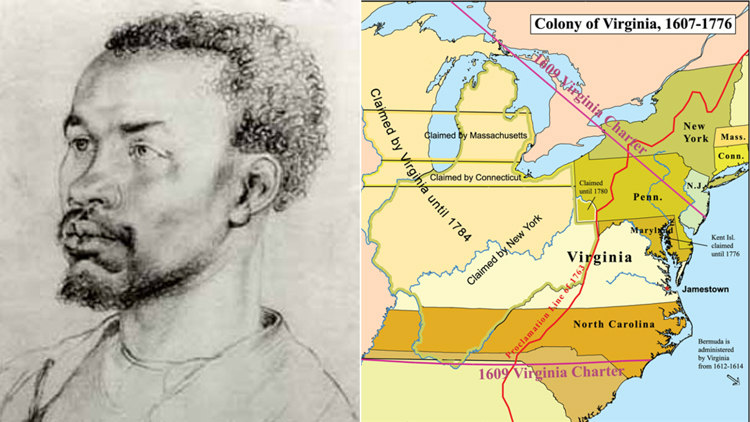
Born in Angola, Johnson was first sold to the Arab traders and then to a merchant working for the Virginia Company as an indentured servant. He arrived in Virginia in 1621 and was again sold to a White tobacco planter. In 1635, he and his wife, Mary, became free after finishing their years of the indenture and were granted a large plot of farmland. In 1651, he also acquired 250 acres of land under the headright system after buying the contracts of five indentured servants, four White and one Black.
In 1657, Johnson’s White neighbor forged a letter in which the former acknowledged a debt. Being illiterate, Johnson was forced to hand over 100 acres of his land to him. As racism became more common in the 1660s, Johnson moved his family to Somerset County, Maryland, where he took a 300-acre-land lease and developed it into a profitable tobacco farm.
2. In the 1850s, a slave wanting to escape was considered to have a mental disorder called “drapetomania.” The prescribed treatment was whipping or cutting big toes to make running impossible.
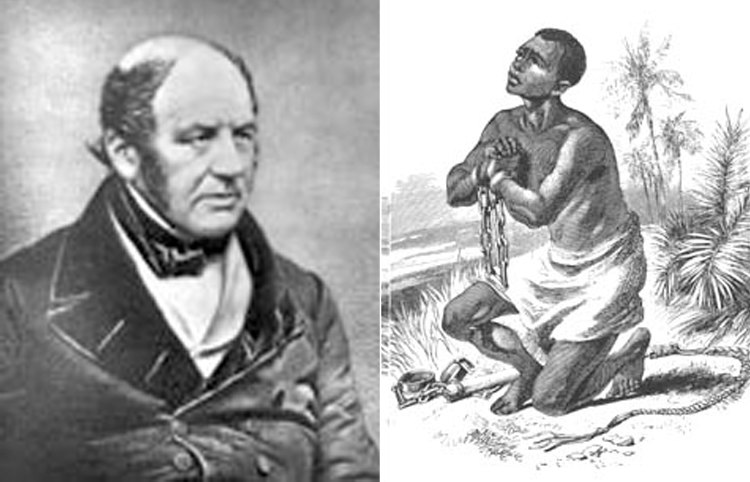
Drapetomania was hypothesized in 1851 by American physician Samuel A. Cartwright. In a paper delivered before the Medical Association of Louisiana, he described it as something “unknown to our medical authorities, although its diagnostic symptom, the absconding from service, is well known to our planters and overseers.” He stated that it was the consequence of masters treating their slaves with too much familiarity.
If the slaves showed any signs of sulkiness and dissatisfaction, which could be a sign of flight, Cartwright prescribed whipping as “preventive measure” and removing big toes to make running impossible. His views were since debunked and considered pseudoscience and racist. In 1856, renowned landscape architect Frederick Law Olmsted made a satirical observation that since White indentured servants also felt the need for flight, the disease must have been introduced to Africa by European traders.
3. It is a common misconception that slavery is a thing of the past. In the 1940s, slave labor was used in the production of the V-2 guided ballistic missile, whereas the Egyptians used paid labor rather than slaves to build pyramids as far back as 2575 BCE.

V-2 or Vergeltungswaffe 2, “Retribution Weapon 2” in German, was the world’s first long-range, guided ballistic missile. The V-2 rocket was also the first man-made object to travel into space by crossing the Kármán line located 100 km above sea level and considered the boundary between Earth’s atmosphere and outer space. Despite being a technologically modern project, over 12,000 slave laborers from concentration camps, including Auschwitz, were used in its production.
On the other hand, paid labor was used for the construction of Egyptian pyramids which were built over 4,000 years ago. According to Zahi Hawass, a well-known Egyptian archaeologist, whenever a worker died during the construction, they were given an honorable burial in tombs near the sacred pyramids of the pharaohs. It took 10,000 workers and more than 30 years to build a single pyramid. The laborers were provided every day with 21 cattle and 23 sheep to eat daily from the farms.
4. There are more slaves now than at any other time in human history. Approximately 27 million are enslaved around the world, and 15 million of them are in India.

Contemporary slavery includes chattel slavery which is still practiced in the Islamic State of Iraq and the Levant, debt bondage, serfdom, domestic servants forced to work in captivity, child soldiers, certain adoptions which force children into slavery, commercial sex, and forced marriages. According to Kevin Bales of the anti-slavery group Free the Slaves (FTS), there were around 27 million people in slavery as of 1999. The International Labor Organization estimated 12.3 million forced laborers in 2005. Siddharth Kara, an activist and expert on modern day slavery and human trafficking, estimated that there are 28.4 million slaves in 2006 of whom 18.1 million are in debt bondage, 7.6 million in forced labor, and 2.7 are trafficked slaves. According to a report by Human Rights Watch in 2003, there are an estimated 15 million children in debt bondage in India alone who work to pay off their family’s debts.
5. Jazz was born because the “Black Codes” forbade slaves from drumming. New Orleans was the only place where it wasn’t actively discouraged, and hundreds of slaves could gather each Sunday to trade, sing, dance, and play music.
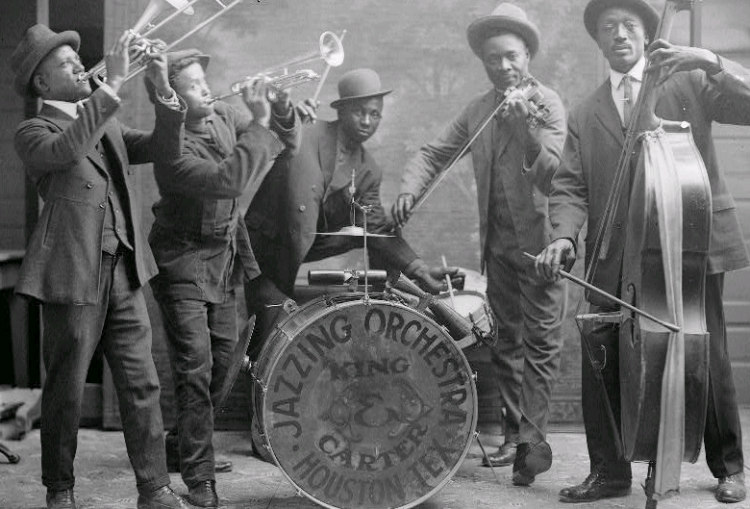
The origins of Jazz date back to late 19th century and early 20th century when African folk music and the cultural influences of West Africa mingled with American and European classical music. Until the mid-1800s, lavish festivals were organized in New Orleans at Place Congo or Congo Square featuring African-based dances to drums. By that time, there had also been an increase in the number of Black musicians who learned to play European instruments such as the violin. Since the Black Codes outlawed drumming by slaves, their drumming traditions did not survive in North America but can be found in Cuba, Haiti, and the Caribbean. The abolition of slavery in 1865 gave African Americans ample opportunity to find work in entertainment and the speakeasies during Prohibition which saw the rise of the Jazz Age increasing its popularity and appeal.

6. Arab slave trade began long before the USA was created and lasted 14 centuries, longer than Atlantic or European slave trade.
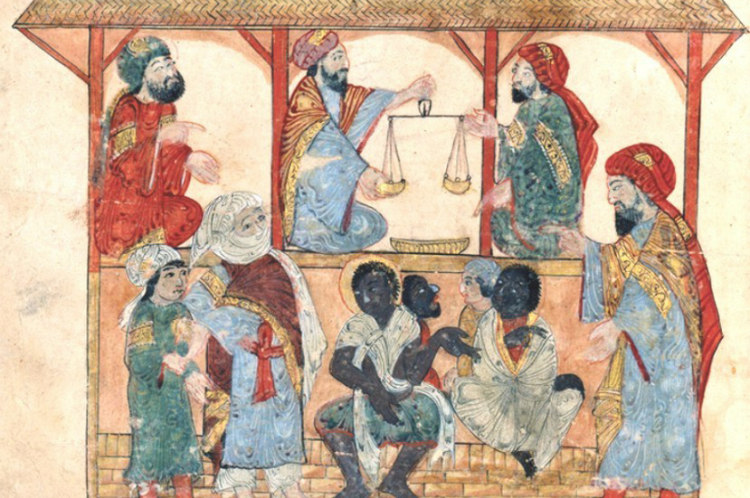
Arab slave trade or Islamic slave trade started as early as 7th century and continued until the 1960s in one form or another. As Islamic Sharia Law allowed slavery but prohibited enslaving existing Muslims, initially people living in the frontier areas of the Muslim world, Central Asia, and Europe were enslaved. A few centuries later, non-Muslims, mostly Africans, were enslaved. According to Olivier Pétré-Grenouilleau’s estimates based on Ralph Austen’s work, 17 million Africans were enslaved by the Arab slave trade. Another estimate by Ronald Segal puts the number between 11.5 and 14 million.
7. Native Americans owned slaves and continued to do so after The Slavery Abolition Act of 1833 due to tribal land sovereignty.
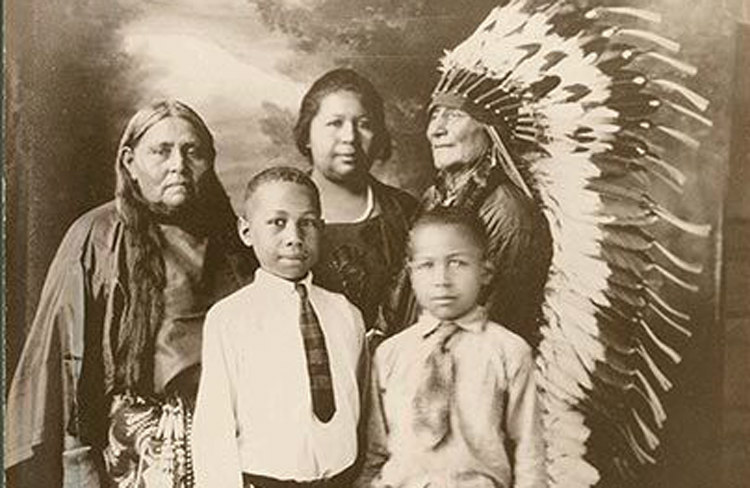
Before the Atlantic slave trade started, European settlers enslaved 30,000 to 53,000 Native Americans in major slave colonies like Virginia and South Carolina. During the 1800s, as the African slaves became more common with the beginning of Atlantic slave trade, Native Americans were forced off their lands. One such well-known example of forced removal was the Trail of Tears that forced people of Cherokee and other tribes to move westward to present-day Oklahoma. Some of the tribes, especially the Cherokee, Choctaw, Chickasaw, Creek, and Seminole tribes, also known as the “Five Civilized Tribes,” had made significant efforts to assimilate themselves into European society through formal schooling, converting to Christianity, and even owning slaves in order to avoid removal. Two of these tribes, the Chickasaw and Choctaw, continued to own slaves until 1866 even though slavery was abolished by the other tribes after the end of Civil War.
8. By the time slavery was abolished in Brazil, an estimated 4.9 million slaves were imported from Africa. Today, apart from Nigeria, Brazil has the highest number of people of African descent.
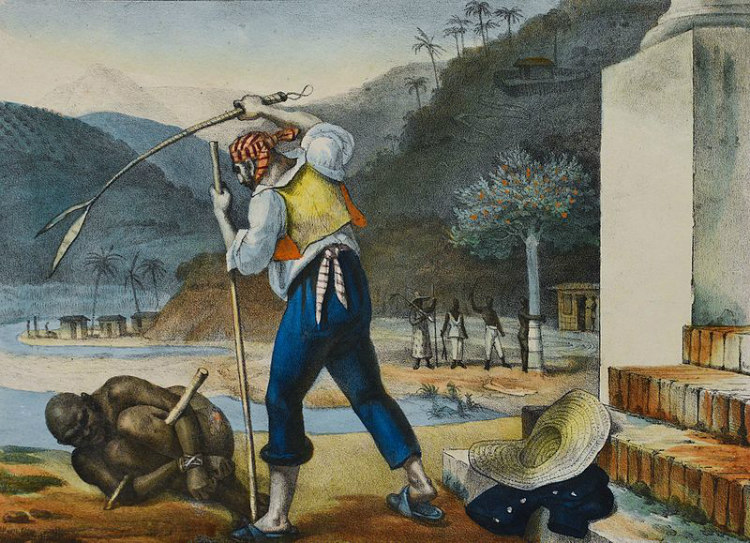
In Brazil, slavery began long before the first Portuguese settlement was established in 1532. The importation of African slaves began in the mid-16th century, and during the 17th and 18th centuries, indigenous people were also enslaved. Slave labor was extensively used for the country’s economic growth through sugar, which was its major export between 1600 and 1650. During the Atlantic slave trade period, Brazil imported more slaves than any other country. It is estimated that from 1501 to 1866, 4.9 million slaves were brought from Africa.
9. Over a million White slaves were captured from Europe in between the 16th and 18th centuries. They were sold to the Ottomans by the pirates operating in North America.
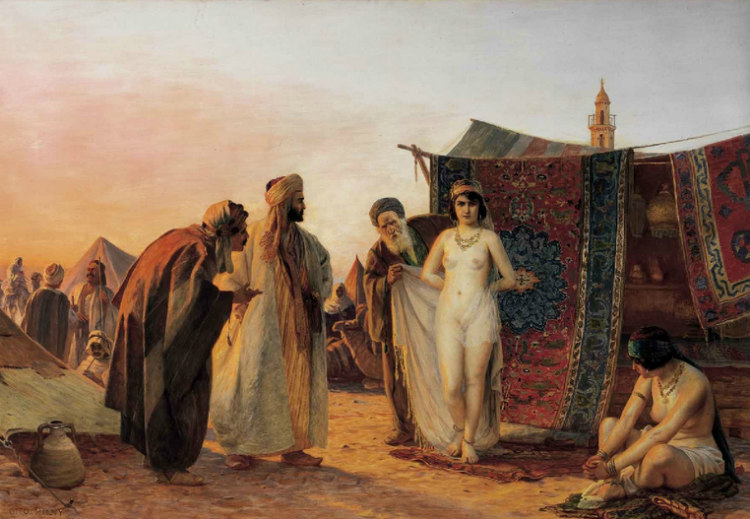
During the time of Ottoman Empire, there were pirates and privateers called the “Barbary Pirates” who operated in North Africa based primarily in the ports of Sale, Rabat, Algiers, Tunis, and Tripoli. They acquired European slaves by attacking ships and by raiding the coastal towns of Europe from Italy to Netherlands, and even as far north as Iceland and east into the Mediterranean. The main purpose of these raids was to capture Christian slaves for the Ottoman slave trade and also for the general Muslim slave market in North Africa and the Middle East. According to Ohio State University history Professor Robert Davis’ estimates, between one million and 1.25 million White Christian Europeans were enslaved in North Africa by these slave traders during this time.
10. During the 1930s, around 26 audio-recorded interviews of former slaves were made who gave hauntingly calm narratives of their lives as slaves during the years before slavery was abolished.
Between 1936 and 1938, over 2,300 former slaves were interviewed by writers and journalists as part of the Works Progress Administration (WPA). Many of them were born during the last years of the slave regime or during the Civil War. Their narratives provide first-hand accounts of what slavery was like in those days on plantations, in cities, and on farms. Among these were 26 audio-recorded interviews that are held by American Folklife Center at the Library of Congress. One of the interviewees was Fountain Hughes, the grandson of Wormley Hughes and Ursula Hughes. Wormley Hughes and his family were owned by former President Thomas Jefferson at the time of his death.
Source : 10 Lesser-known Facts about Slavery

Facebook Comments